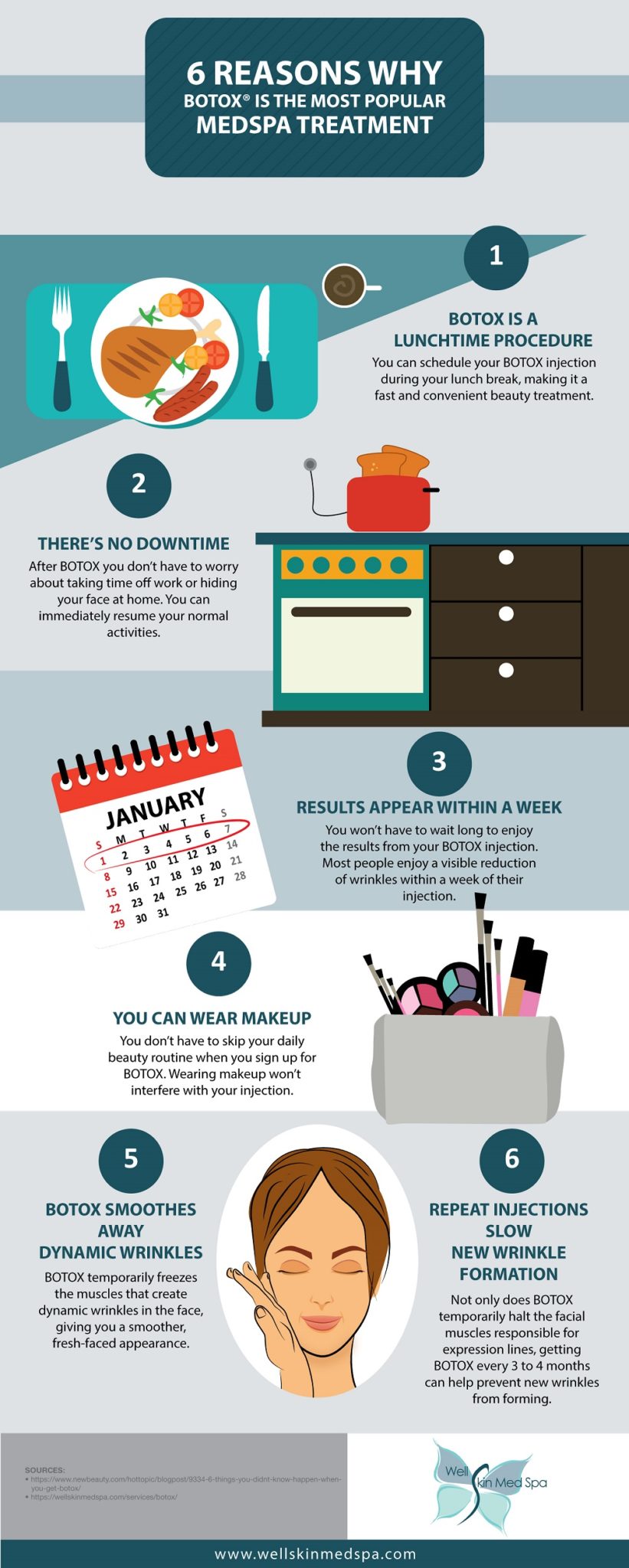How Does SMILE Eye Surgery Compare To LASIK And PRK?
How Does SMILE Eye Surgery Compare To LASIK And PRK?
Blog Article
Write-Up By-McElroy Chase
If you have actually been considering SMILE eye surgical procedure, you may wonder how it compares to LASIK and PRK. Each procedure has its own set of advantages and considerations. From quicker recovery times to possible dangers, there are vital differences you ought to recognize before making a decision. Recognizing 5 days post cataract surgery will certainly assist you make an enlightened option that aligns with your particular requirements and expectations. Curious to understand even more concerning exactly how these treatments compare in detail? Keep discovering to get a comprehensive understanding of SMILE, LASIK, and PRK.
SMILE Eye Surgical Treatment Overview
If you're thinking about SMILE eye surgical treatment, you'll discover it to be a minimally invasive treatment with a fast recovery time. Throughout SMILE (Little Cut Lenticule Removal), a laser is used to develop a small, precise incision in the cornea to get rid of a small item of tissue, improving it to remedy your vision. This differs from LASIK, where a flap is developed, and PRK, where the outer layer of the cornea is entirely eliminated.
Among the key advantages of SMILE is its minimally invasive nature, causing a faster healing procedure and less pain post-surgery. The recuperation time for SMILE is reasonably quick, with many people experiencing boosted vision within a day or 2. This makes it a prominent option for those looking for a hassle-free and efficient vision modification treatment. Furthermore, SMILE has actually been shown to have a lower risk of completely dry eye disorder contrasted to LASIK, making it a desirable option for individuals worried about this prospective side effect.
Distinctions Between SMILE, LASIK, and PRK
When contrasting SMILE, LASIK, and PRK eye surgical treatments, it is necessary to understand the distinctive methods utilized in each procedure for vision adjustment.
SMILE (Little Incision Lenticule Extraction) is a minimally intrusive treatment that entails creating a tiny incision to extract a lenticule from the cornea, reshaping it to fix vision.
LASIK (Laser-Assisted Sitting Keratomileusis) entails creating a slim flap on the cornea, utilizing a laser to reshape the underlying cells, and then rearranging the flap.
PRK (Photorefractive Keratectomy) gets rid of the outer layer of the cornea prior to reshaping the tissue with a laser.
The main distinction lies in the method the cornea is accessed and dealt with. SMILE is flapless, making it a great option for individuals with slim corneas or those involved in get in touch with sports. LASIK provides quick visual healing because of the flap development, but it may posture a greater risk of flap-related issues. PRK, although having a much longer recuperation period, prevents flap-related issues completely.
Understanding these differences is critical in picking the most ideal procedure for your vision adjustment needs.
Pros and Cons Contrast
To assess the benefits and disadvantages of SMILE, LASIK, and PRK eye surgical procedures, it's necessary to take into consideration the details benefits and possible limitations of each treatment. SMILE surgical procedure supplies the advantage of a minimally invasive treatment, with a smaller laceration and possibly quicker recovery time contrasted to LASIK and PRK. It also minimizes the risk of completely dry eye post-surgery, a typical side effect of LASIK. However, SMILE might have limitations in dealing with higher levels of nearsightedness or astigmatism compared to LASIK.
LASIK surgery gives rapid visual recuperation and marginal pain during the treatment. It's very efficient in treating a wide variety of refractive mistakes, consisting of myopia, hyperopia, and astigmatism. Yet, LASIK brings a danger of flap complications, which can impact the corneal structure.
PRK eye surgical treatment, while not as preferred as LASIK, stays clear of producing a corneal flap, minimizing the risk of flap-related complications. It's suitable for people with thin corneas or irregular corneal surfaces. Nevertheless, have a peek here has a longer recuperation time and might involve a lot more discomfort throughout the recovery process.
Final thought
So, when it concerns selecting in between SMILE, LASIK, and PRK, consider it like selecting the perfect pair of shoes. on front page is like a smooth, comfy set of tennis shoes - quick and easy.
LASIK is extra like trendy high heels - showy and fast, yet with some potential risks.
PRK is like tough hiking boots - dependable and sturdy, but calling for a bit more time and effort.
Eventually, the best option depends upon your individual requirements and preferences.
